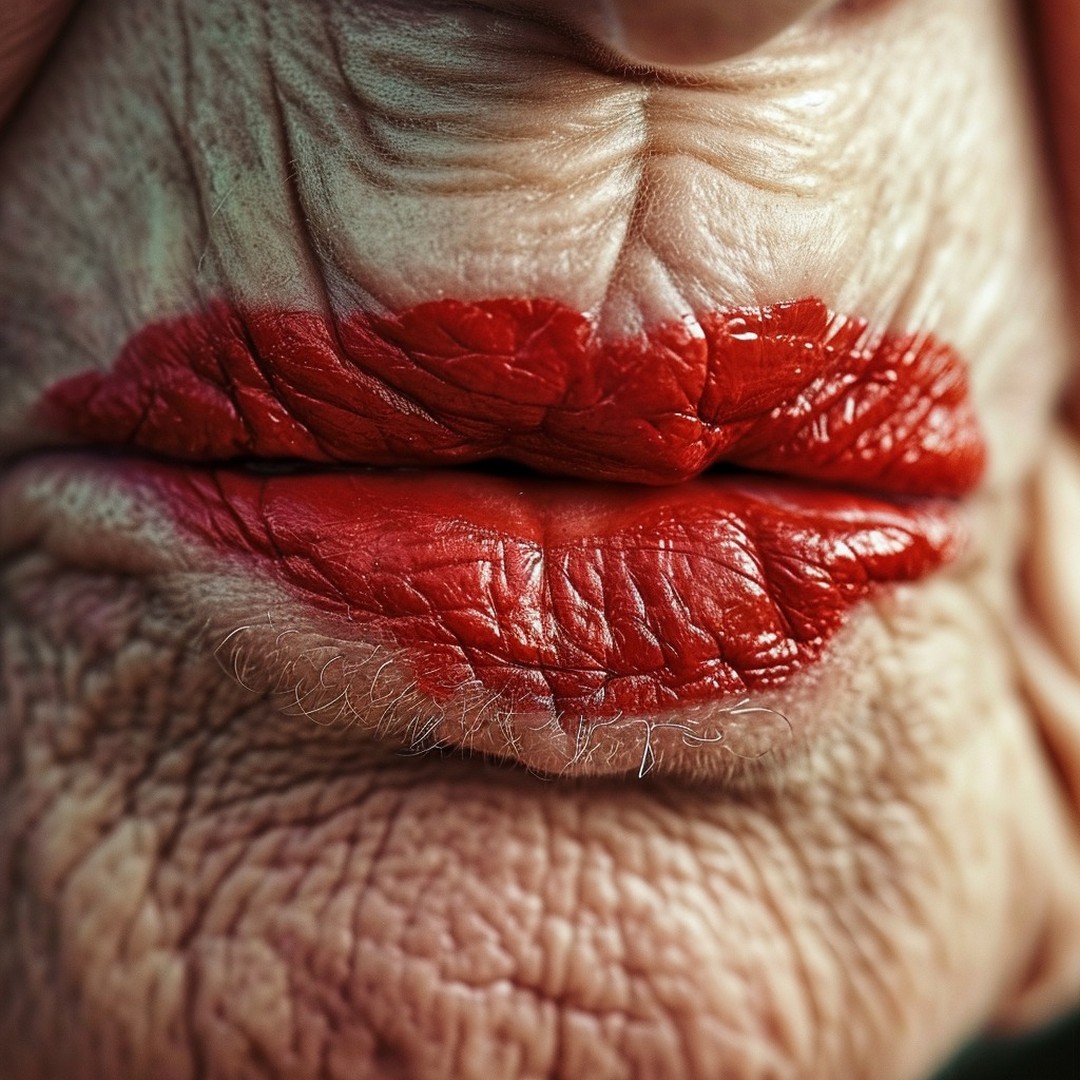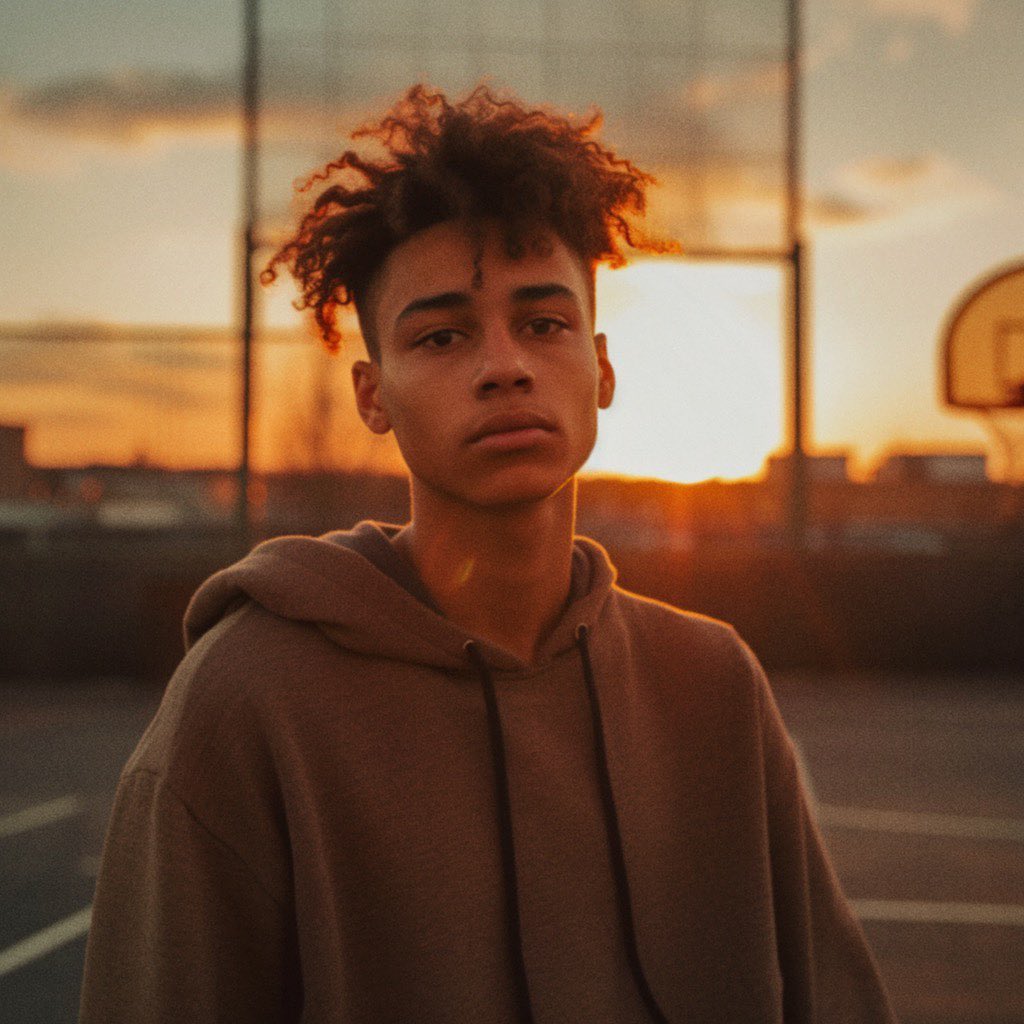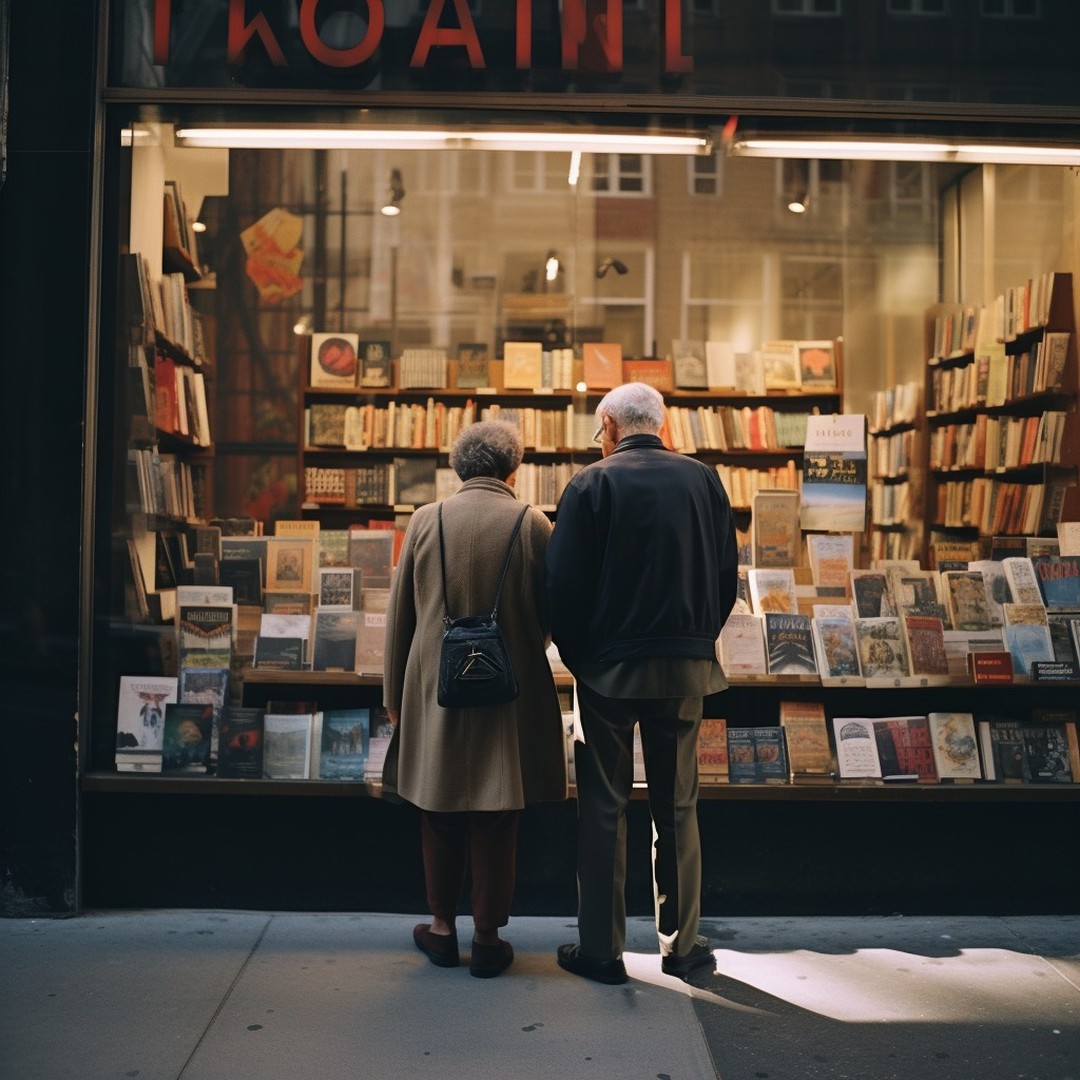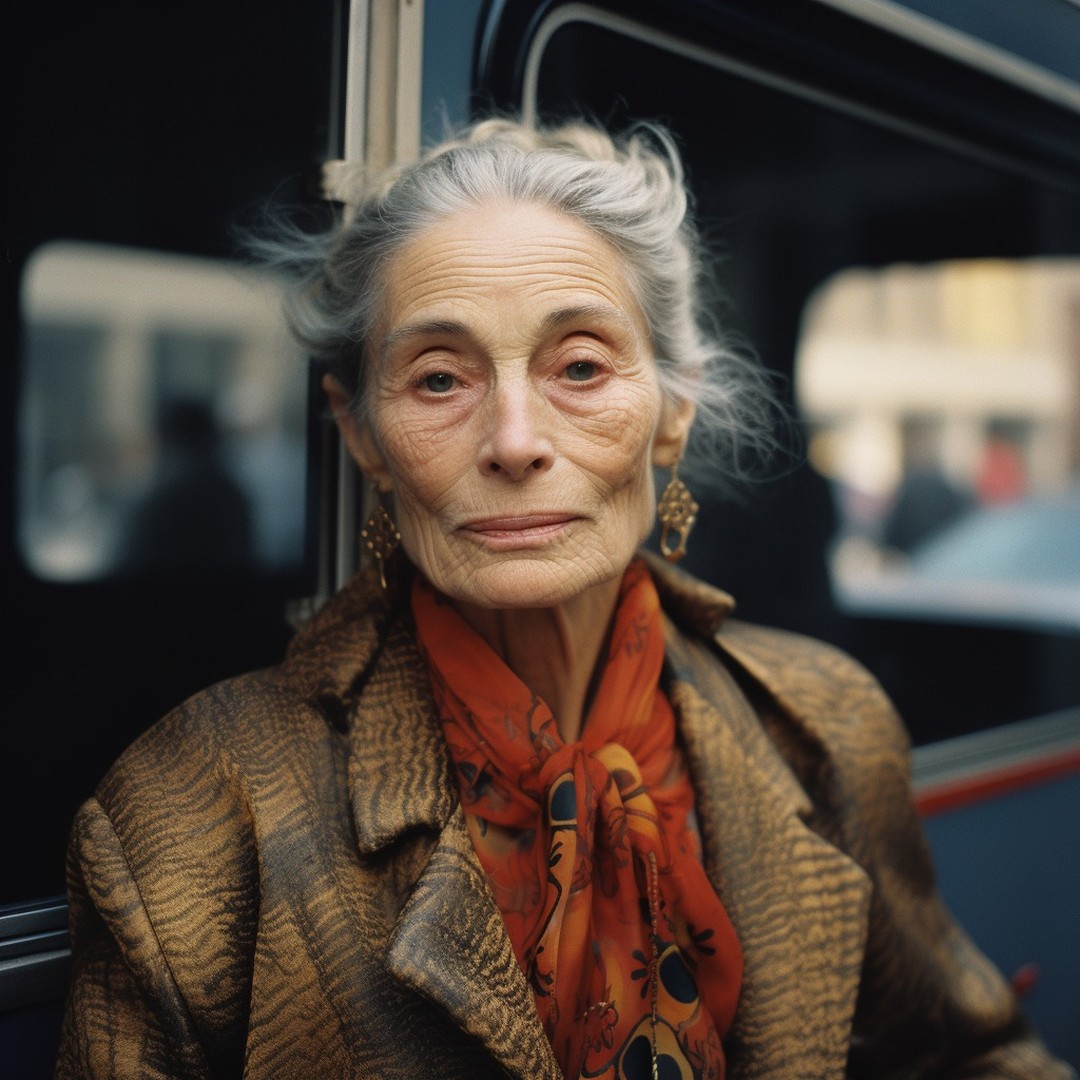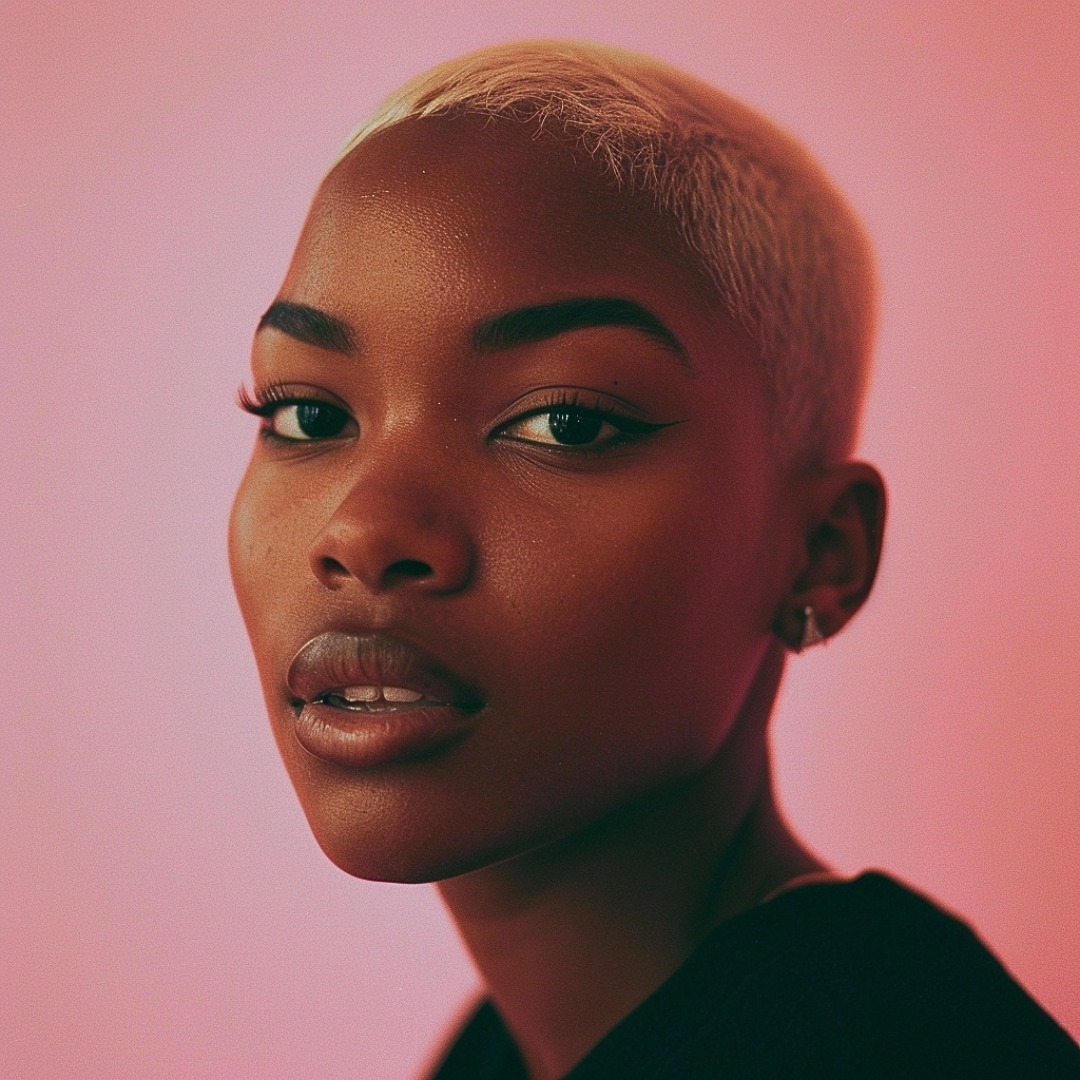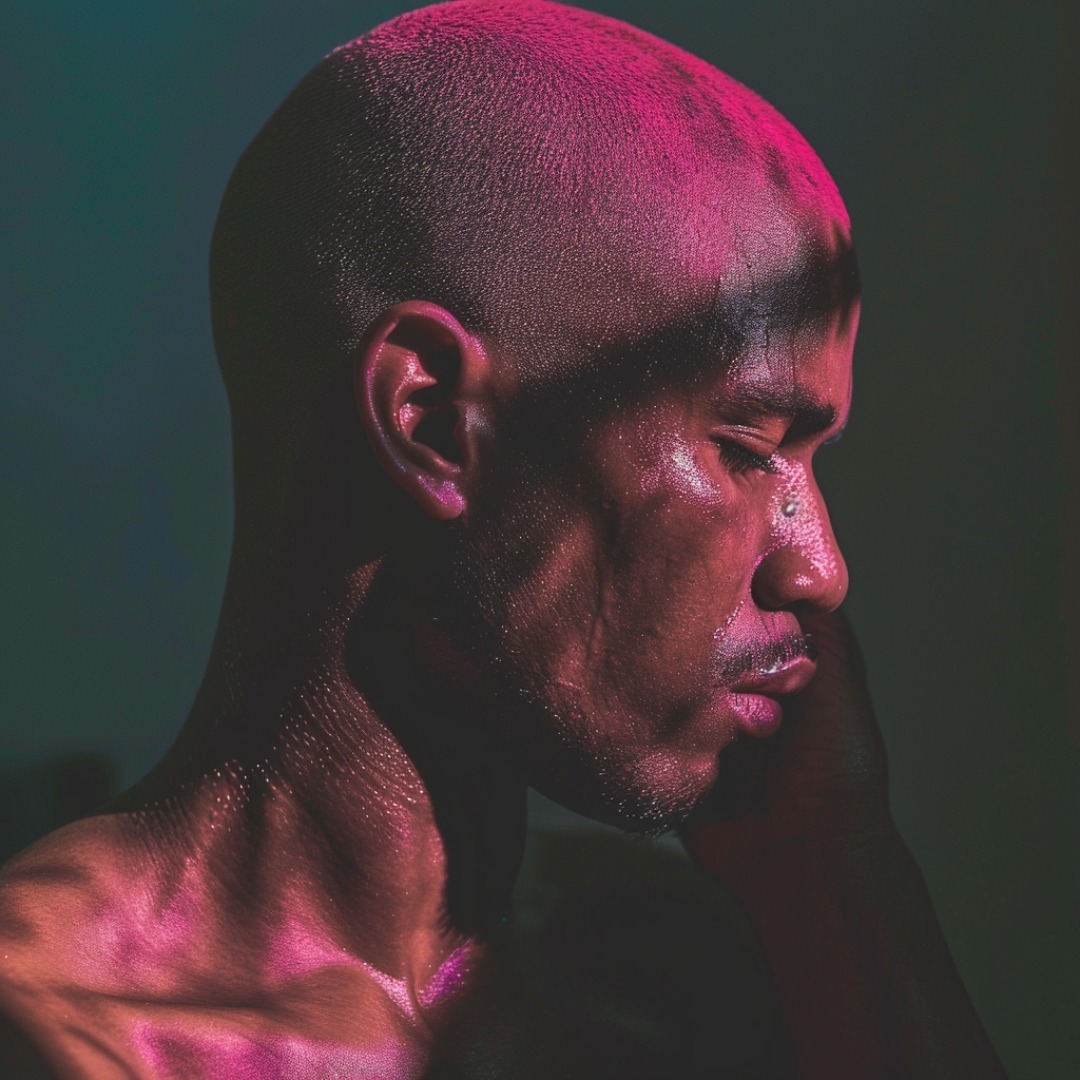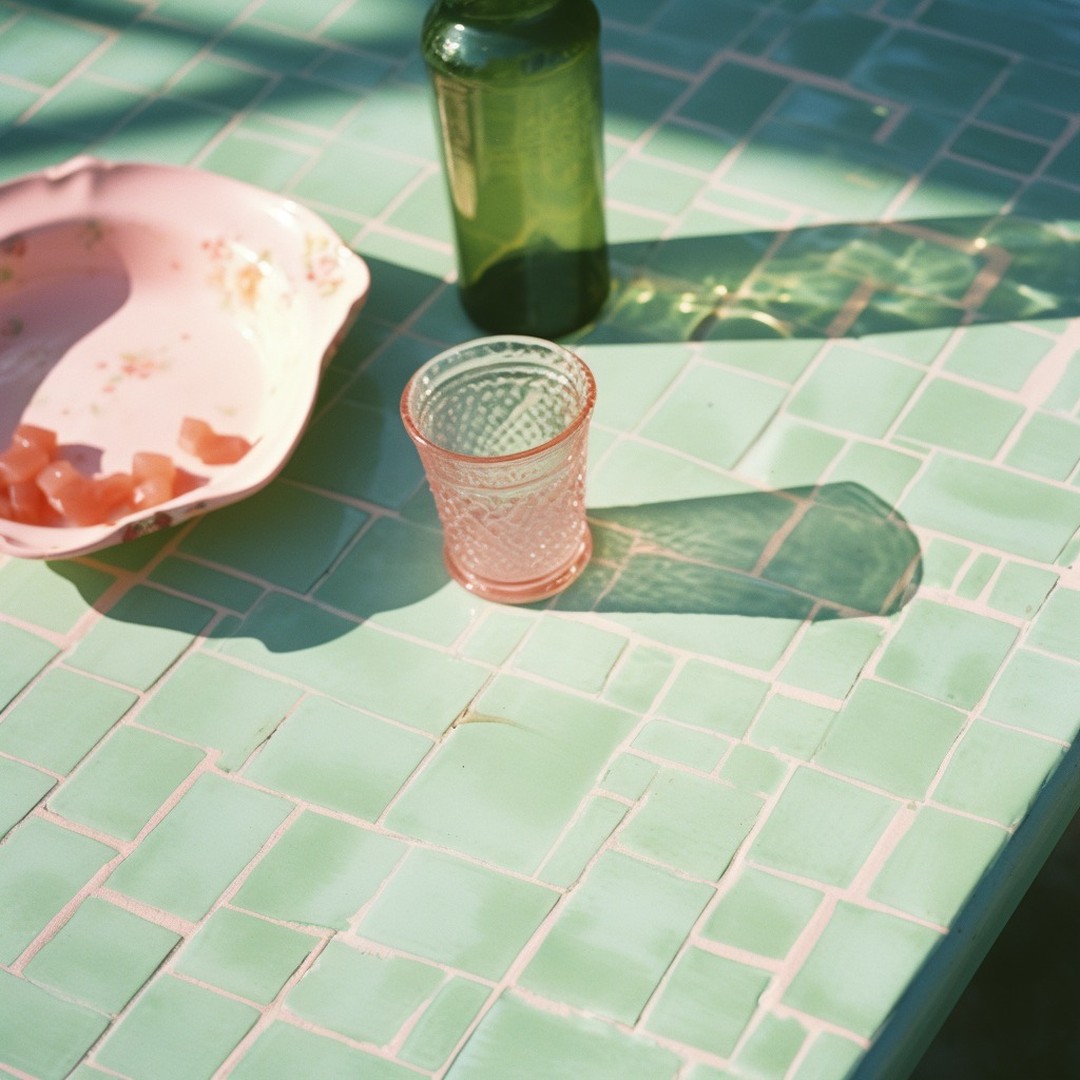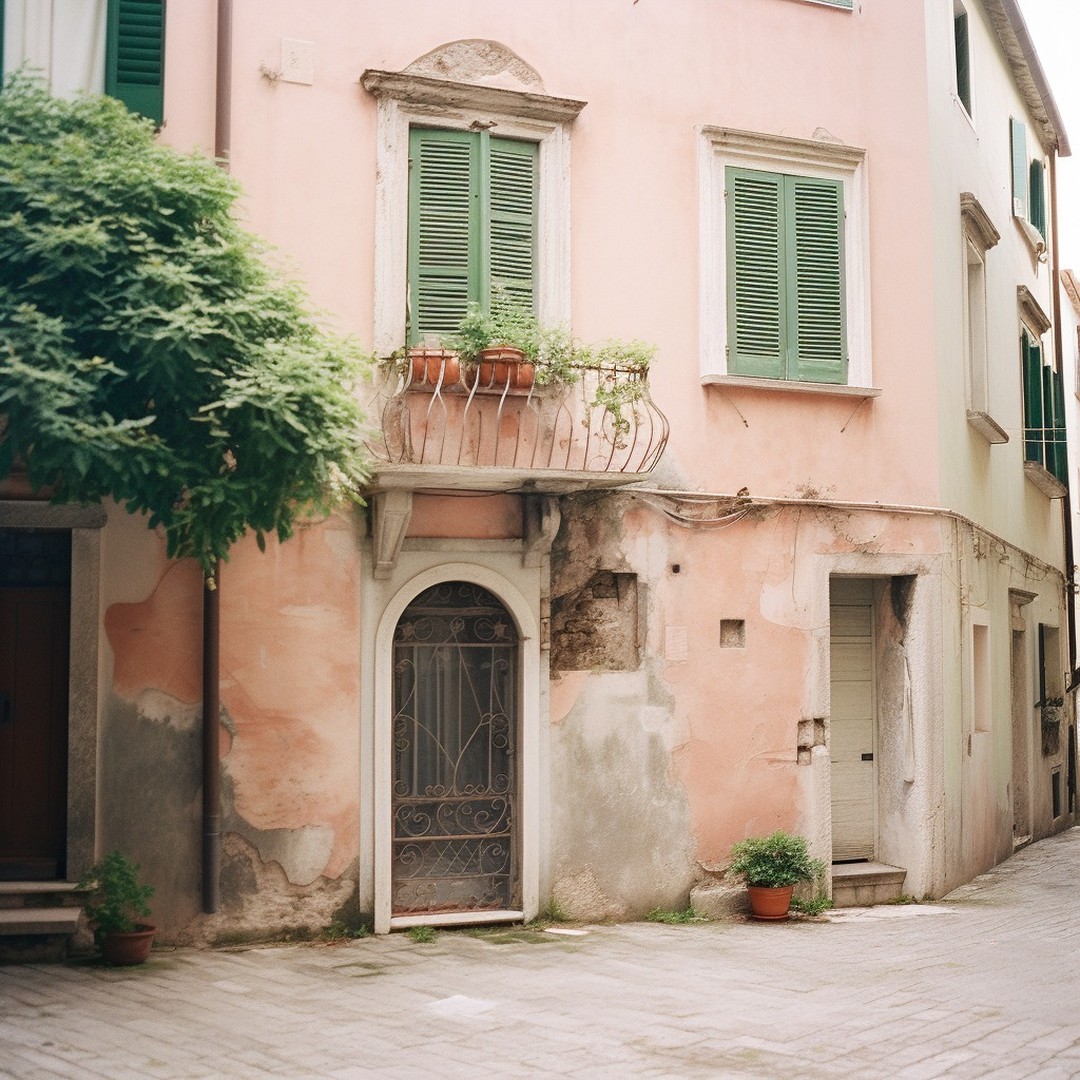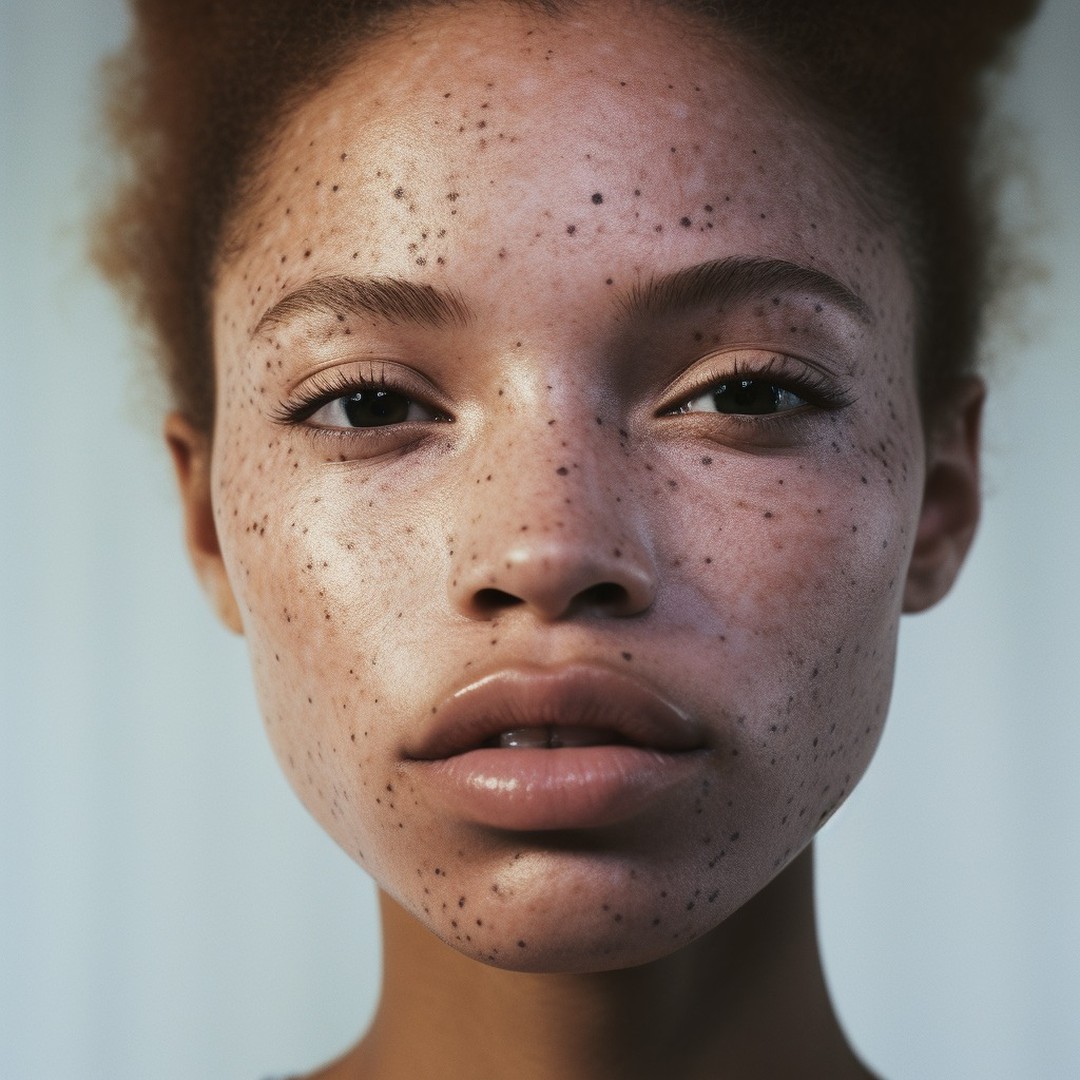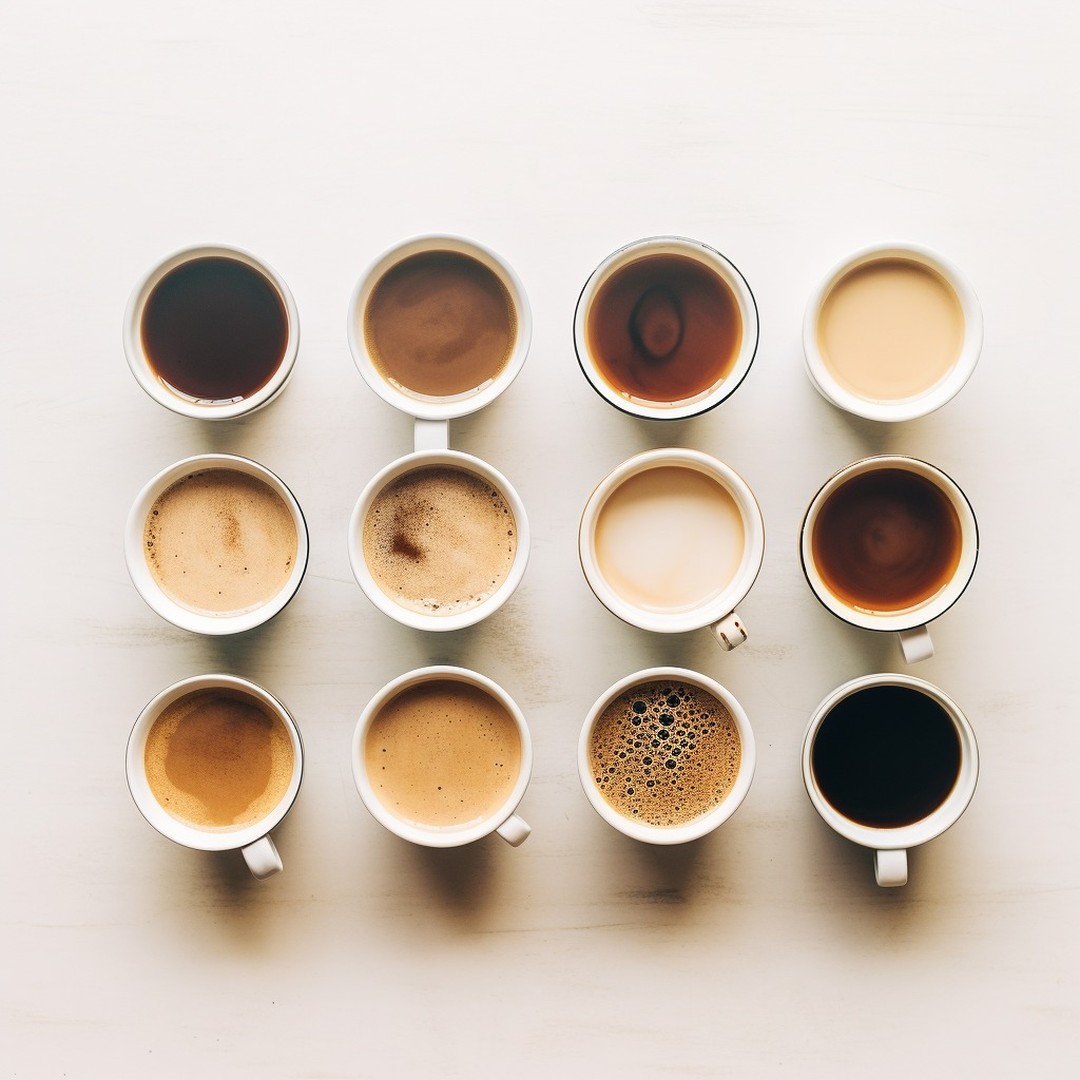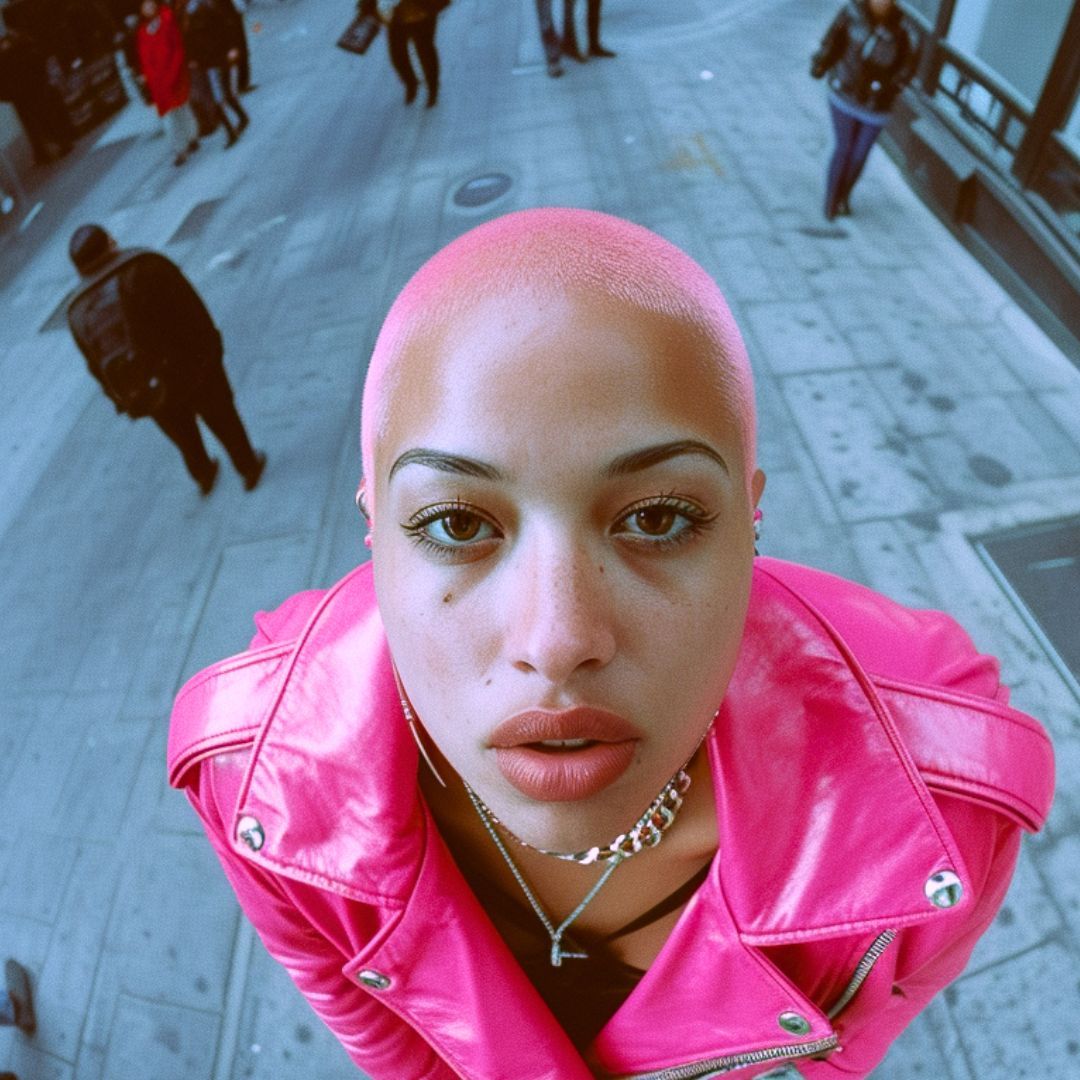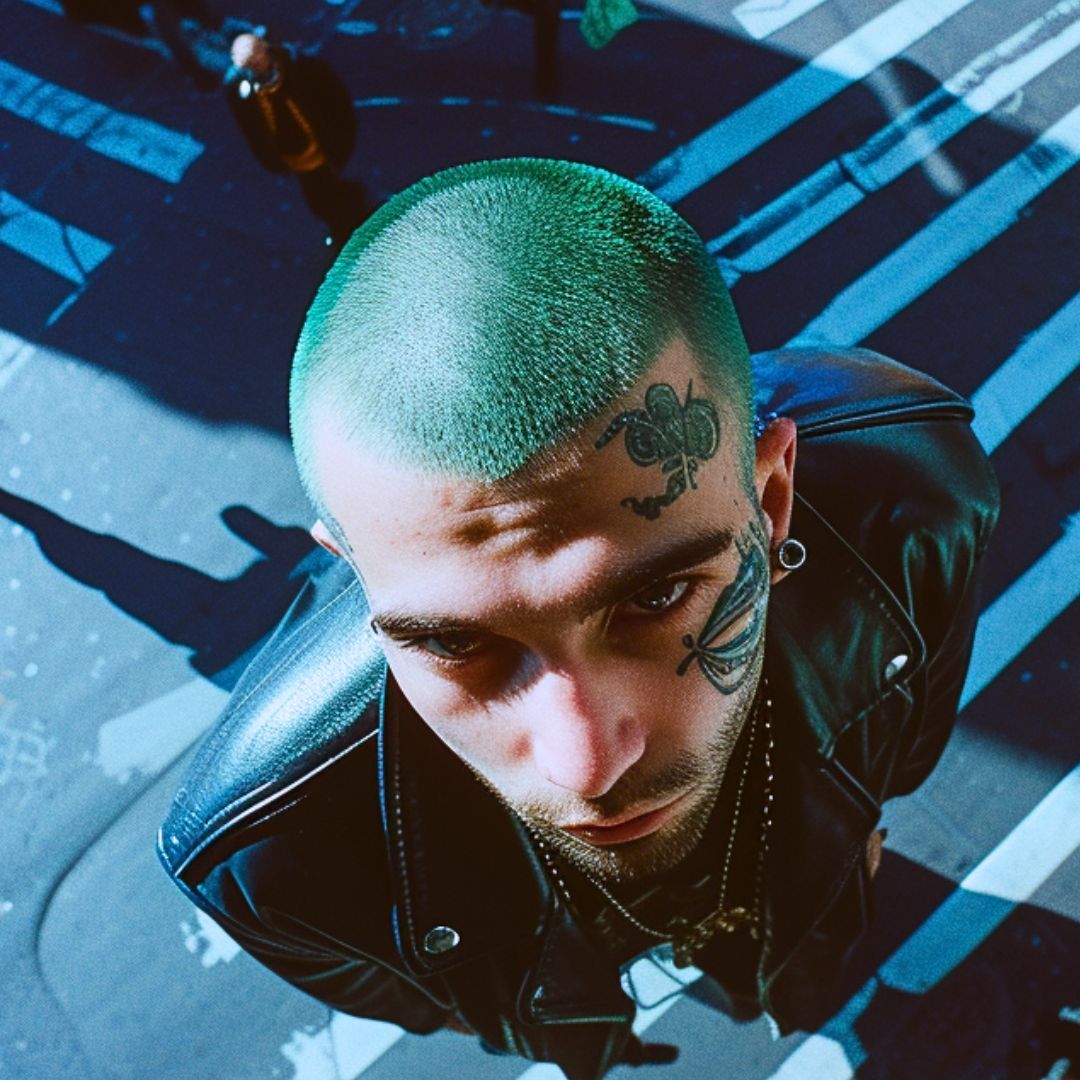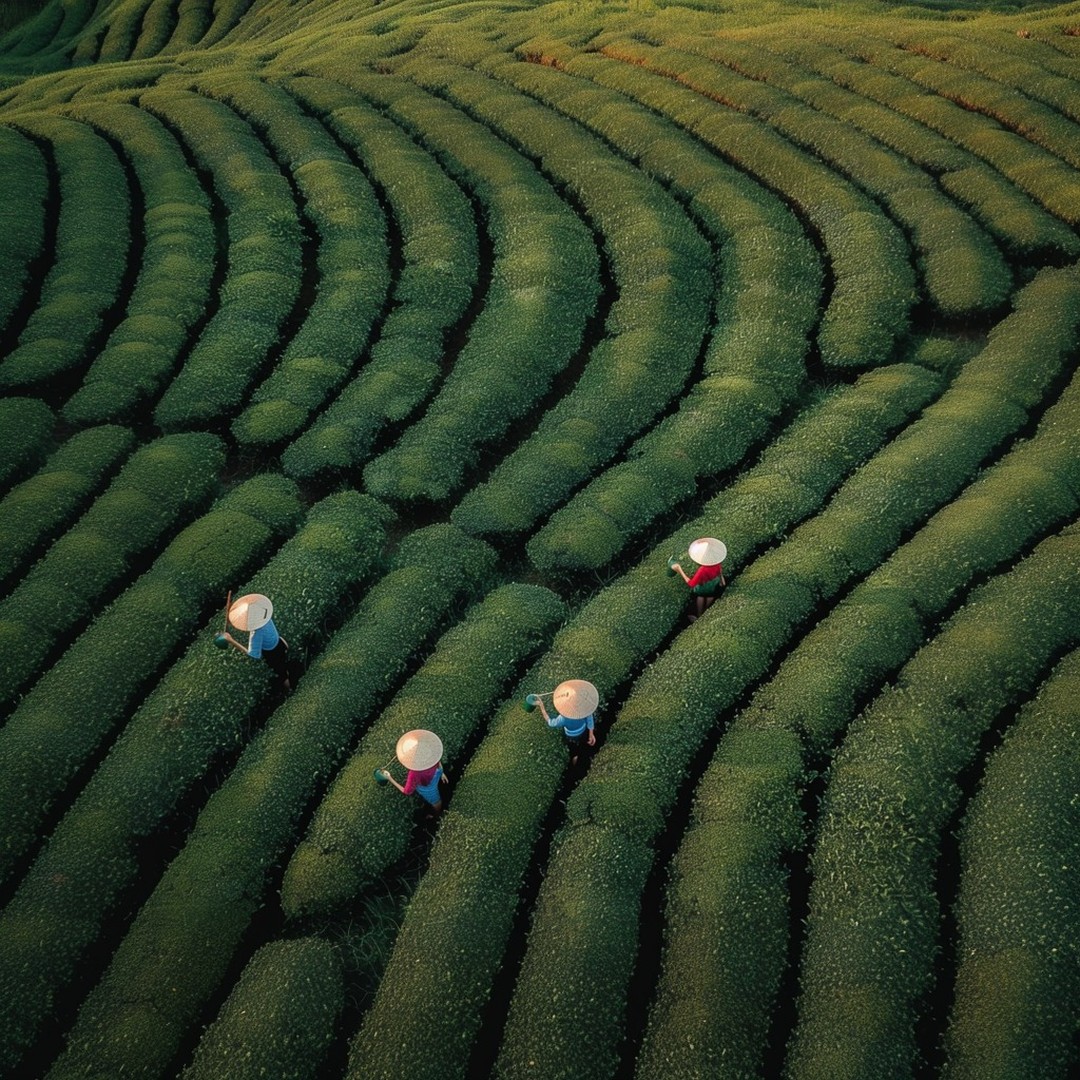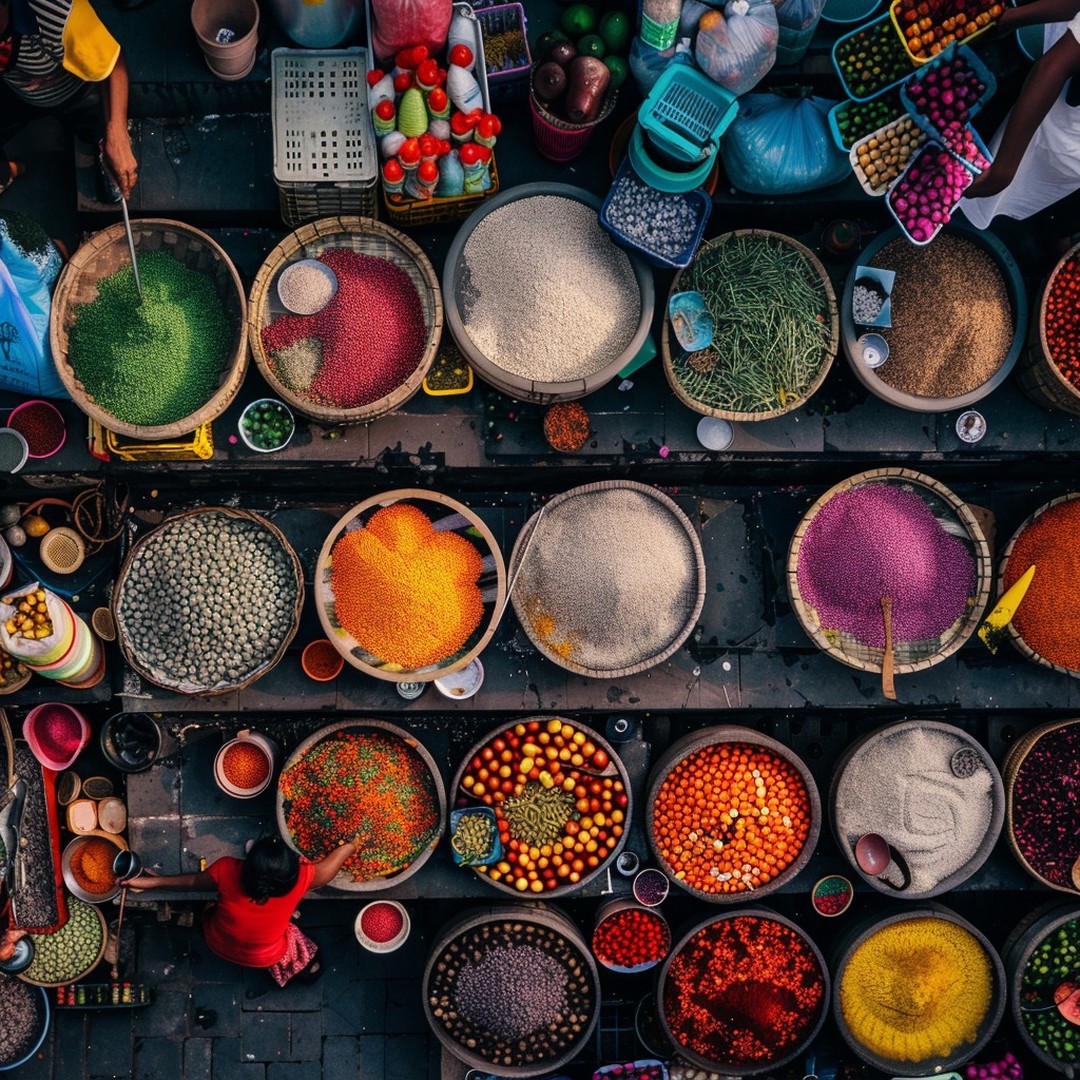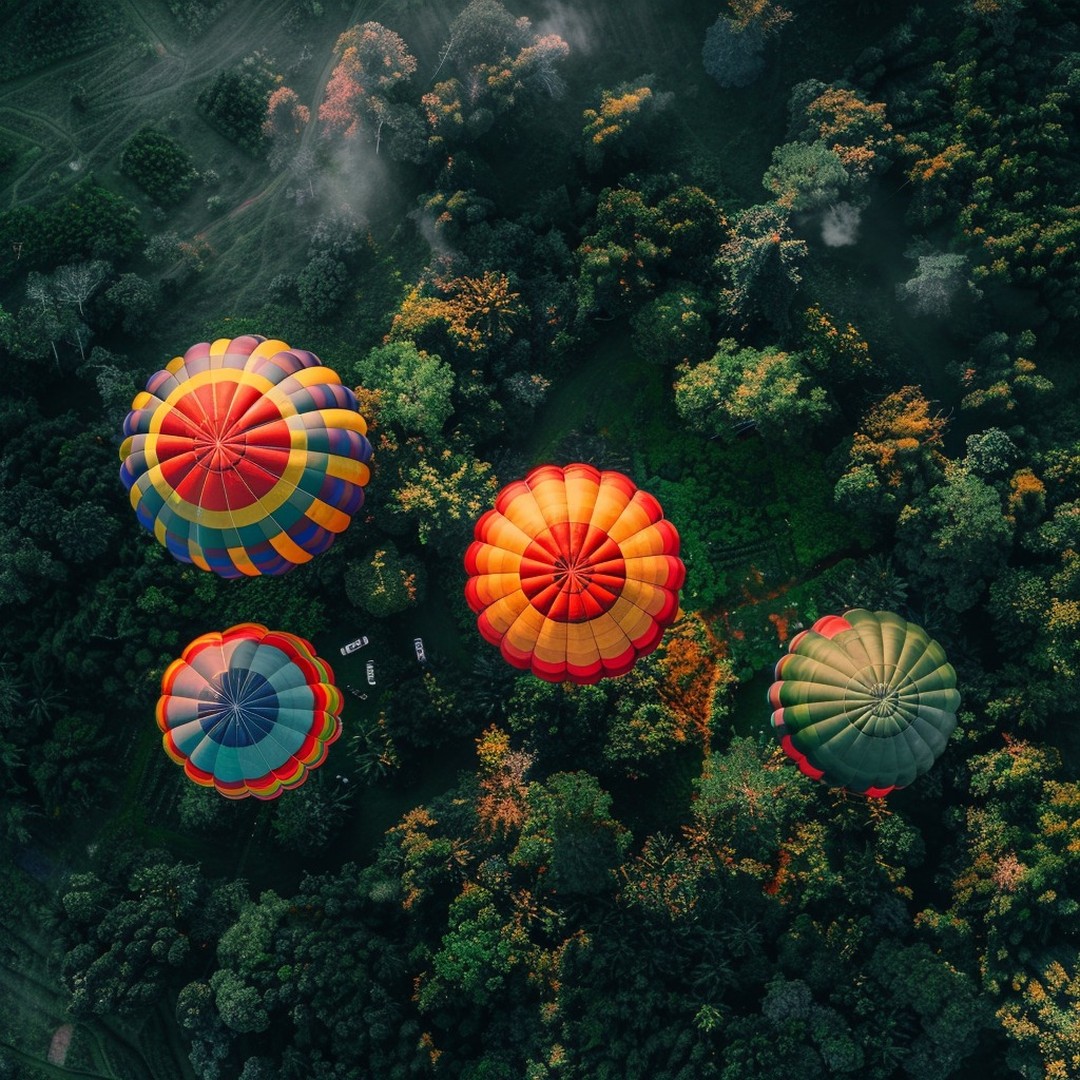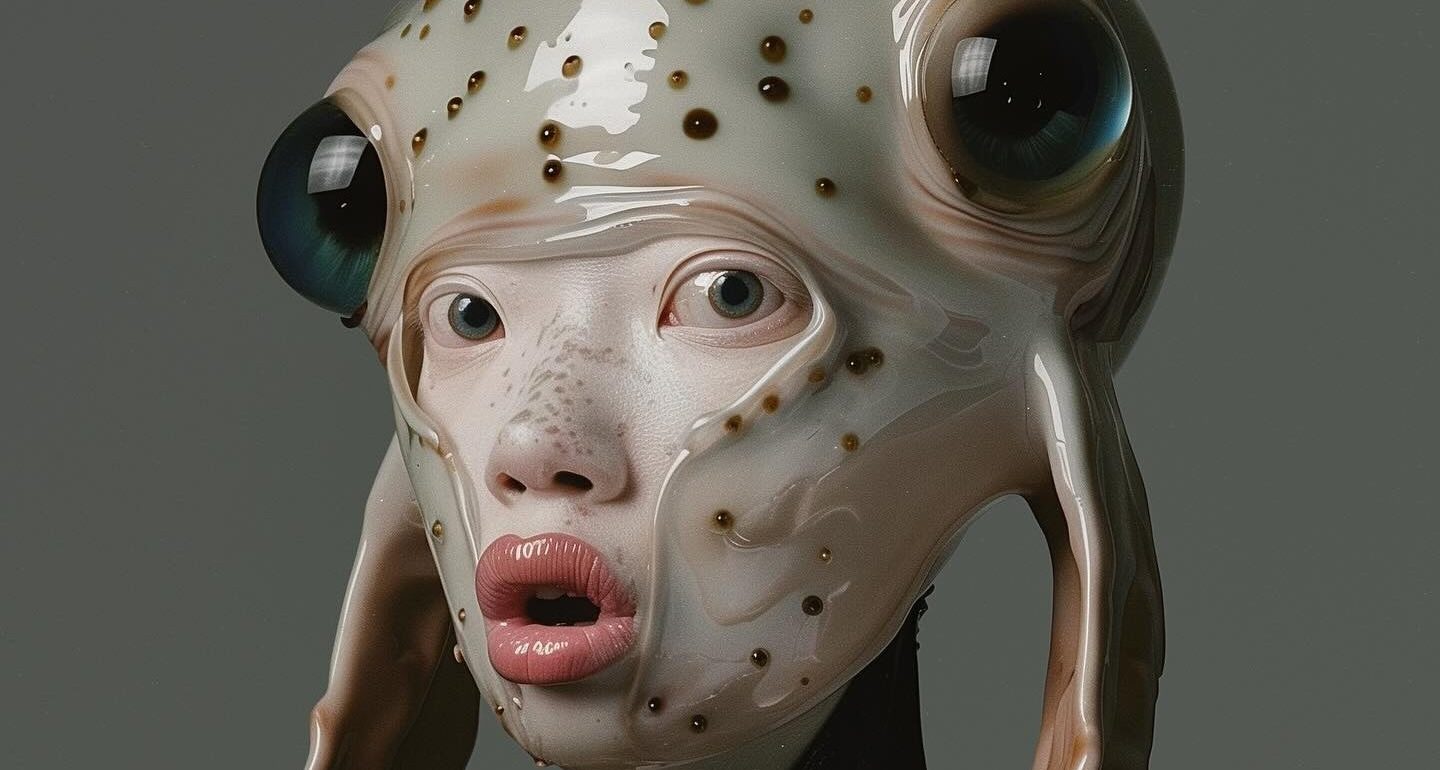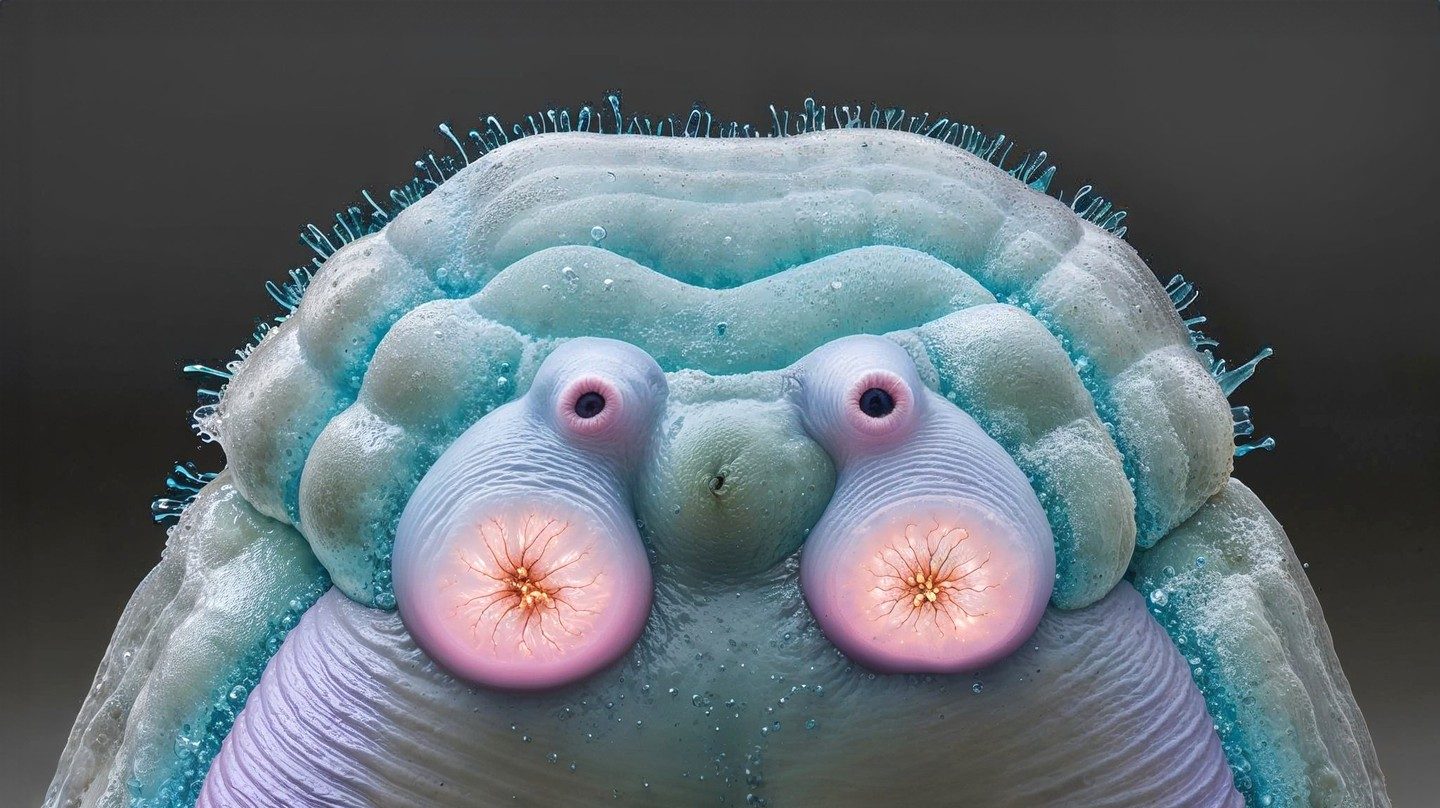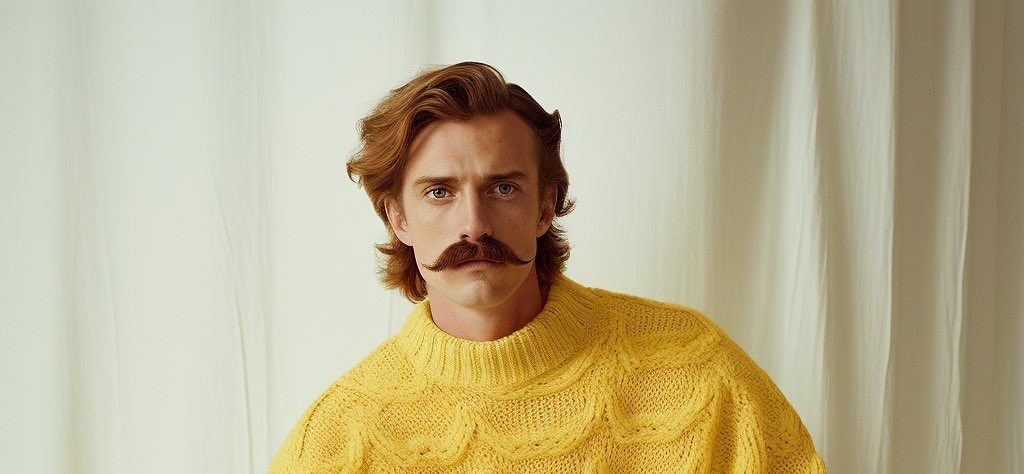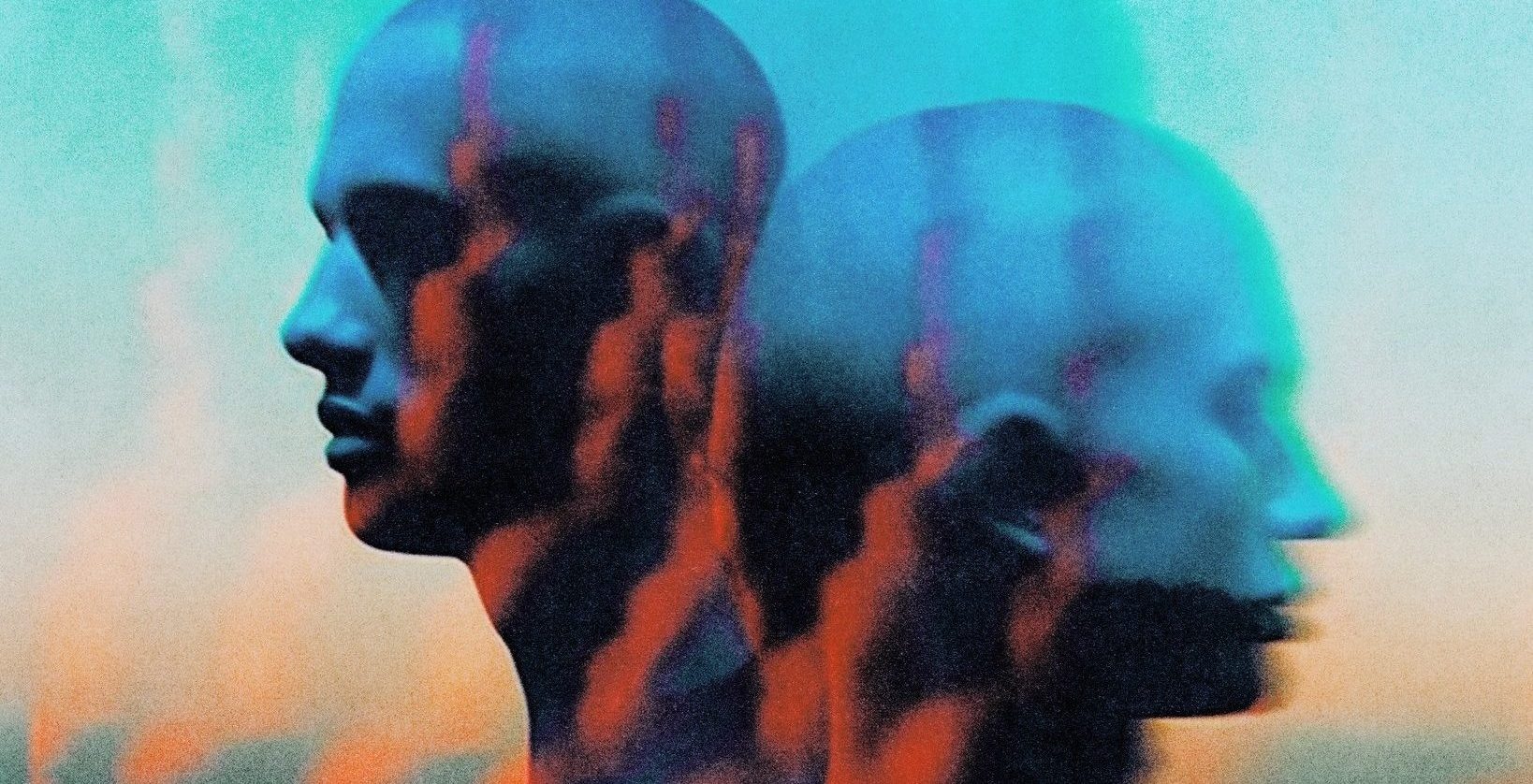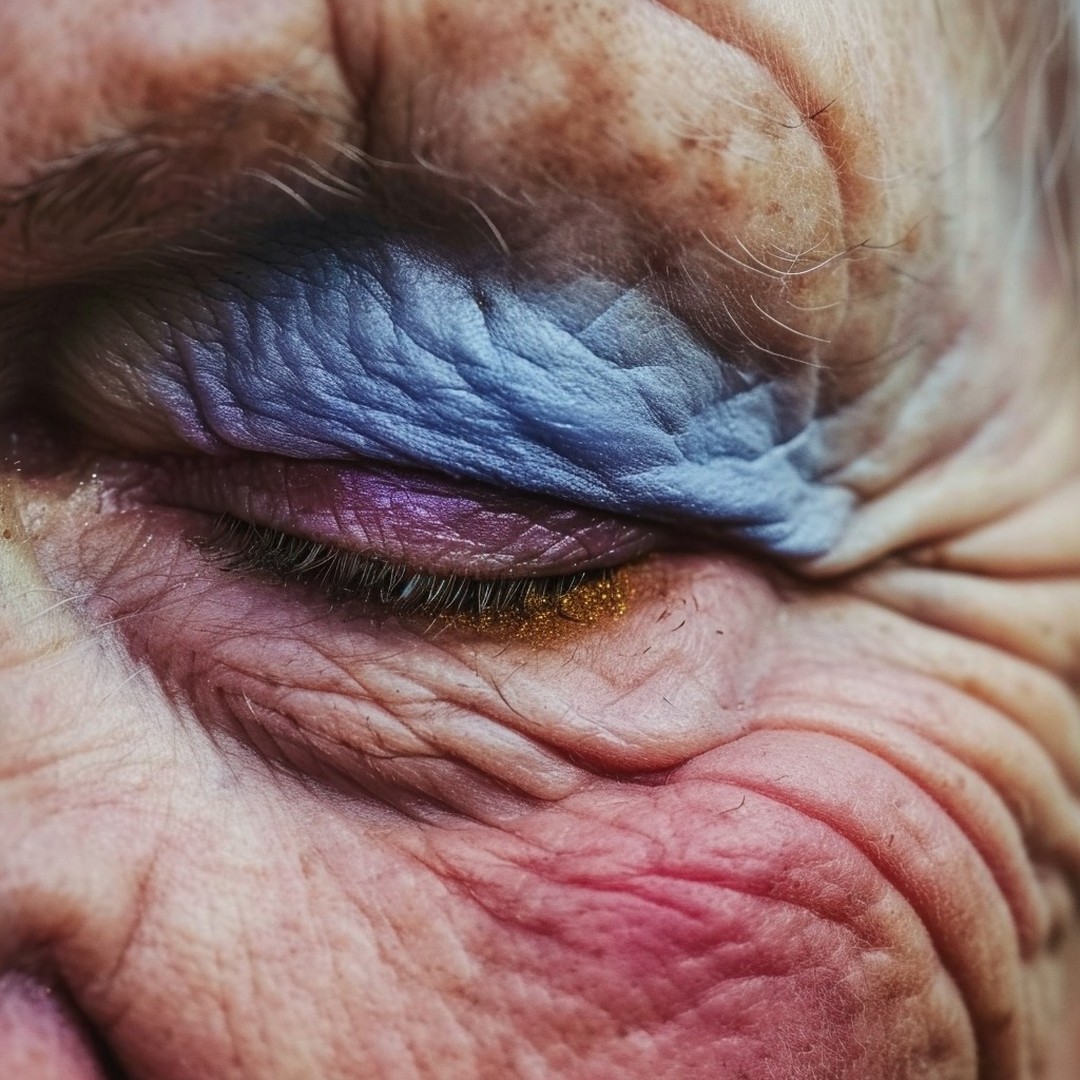
Tell us a bit about your background and how you became interested in AI.
I'm a consultant at an advertising agency. In early 2023, an Art Director, a woman from Zurich, visited our office to introduce our creative team to Midjourney and AI. Though I had heard of it before, I hadn't really explored it.
The ability to bring almost any idea to life amazed me.
Plus, the potential it had for the advertising world was intriguing. What fascinated me even more was how accessible it was. You don't need to be an art director, designer, or creative; anyone, even someone outside of marketing like a banker, can become a great creator with AI. It's open to everyone, and you learn by doing, no formal schooling required.
I always dreamt of being an artist or a designer, but my parents couldn't afford to send me to an expensive art school. I worked various jobs to save up for the Swiss Marketing Academy, which eventually led me to a consulting role in a creative environment. In my mind, that was close enough to my dream. But AI opened up a whole new world for me. Now, I make a living creating, something I've always wanted to do. It's a bit unconventional, I know, haha. It's not quite the romanticized image of sipping red wine and painting on a large canvas, but I still get to be creative, and I love it.
Could you share some specific examples of projects where you've integrated AI into your advertising work?
We are just getting started: One project involved a magazine editorial focused on BMW Cars and AI during the production phase of the car but also the car technology itself. To enhance the narrative, I incorporated Midjourney visuals into the editorial.
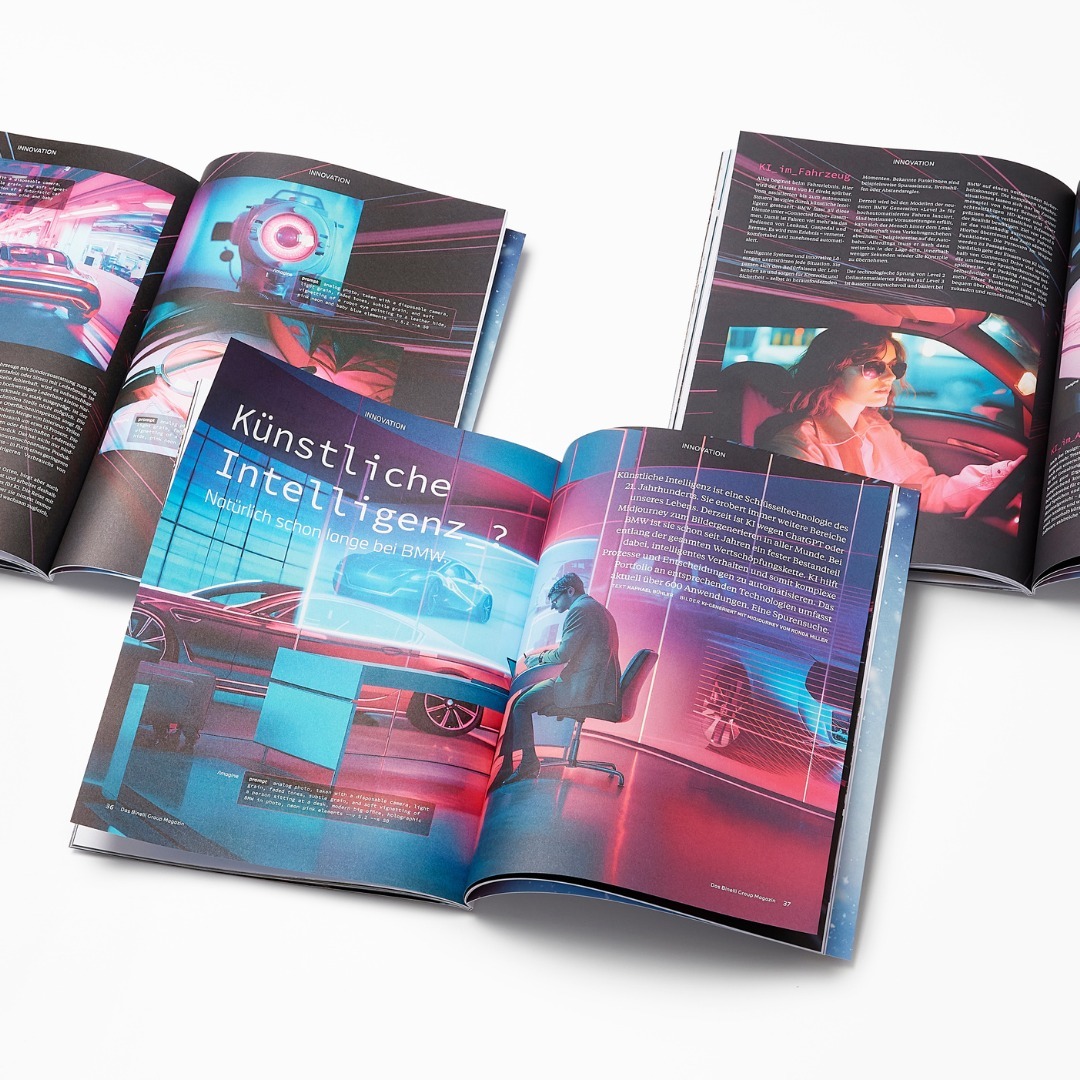
Similarly, for a major IT campaign for a telecommunications and IT provider in Switzerland, we opted for Midjourney visuals to depict modern office spaces rather than shooting multiple locations.
Moreover, we leverage Midjourney visuals for pitching ideas, facilitating clearer understanding for clients.
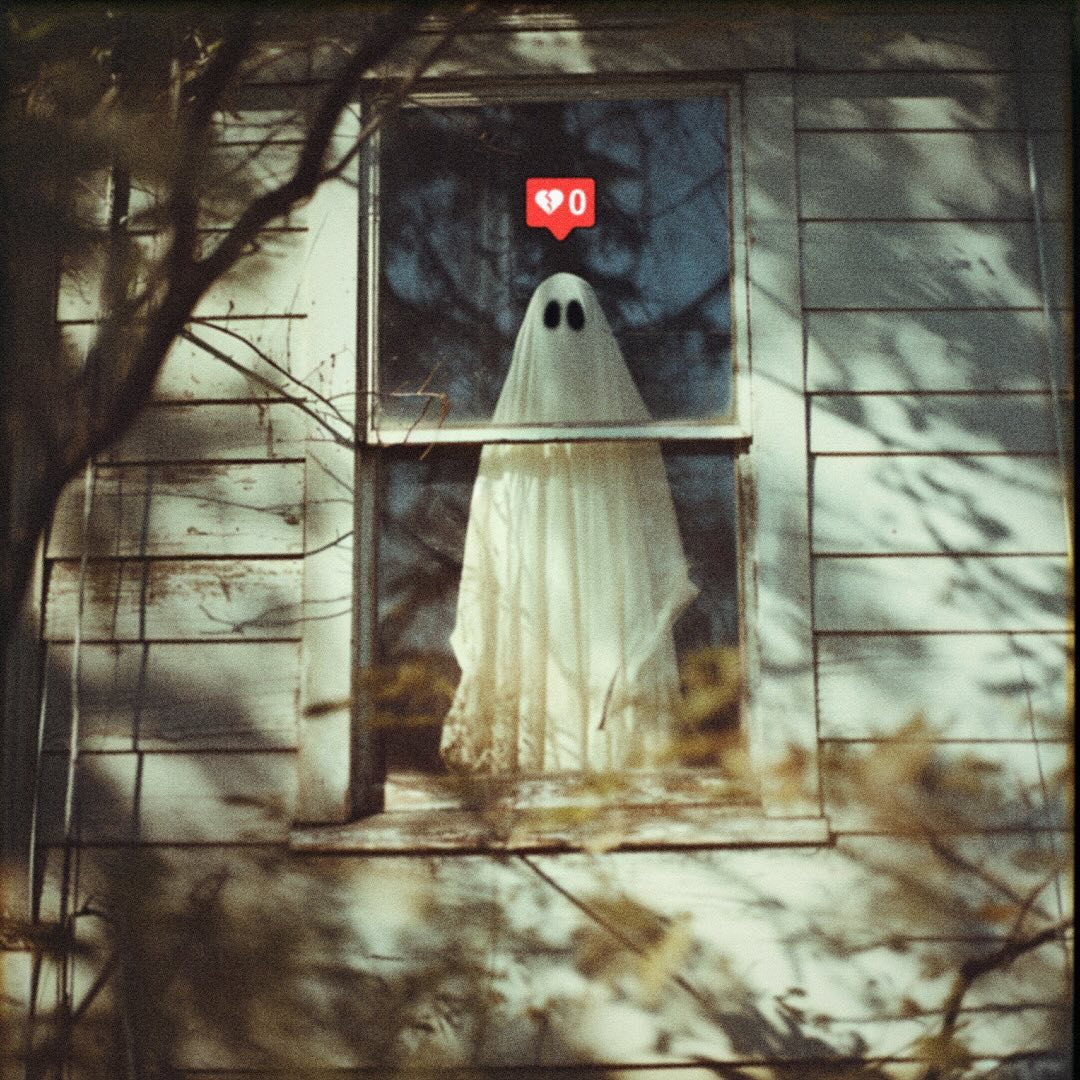
How receptive are your clients to suggestions of using AI for the images?
It really depends. For example, we had a Zoo as a customer and during the pitch-phase, we proposed a cool AI idea. However, they went with a different idea because showing AI-generated animals didn't seem like a good marketing strategy. Many customers are unsure about using AI for photos of people, and I get that. So, it all boils down to what needs to be shown and also how much money is available.
What do you see as the main advantages and challenges of incorporating AI into advertising?
Advantages
Midjourney allows for projects with small budgets to be executed without the need for extensive photo shoots. It offers flexibility and requires fewer resources all of which impact the overall budget.
Challenges
Dealing with image errors can be frustrating, especially when there are many elements in one visual. Cleaning these errors can be time-consuming and more challenging than simply taking a photo. Moreover, customers often harbor the misconception that generating a visual with Midjourney is as simple as clicking a button and instantly getting the desired result. However, the reality is far from that; it's a much more complex process.
Educating customers about this reality is quite challenging.
Additionally, visuals featuring humans and animals are currently not very popular with our clients.

Can you share a bit about your learning journey in generating images with AI?
I began with random prompts, not giving much thought to it. But gradually, I carved out my own unique style.
Photography, particularly analog, resonates deeply with me, so I immersed myself in it. Experimenting with various styles, locations, and scenarios became my journey.
It's been a process of continuous learning, and with each step, I delve deeper into the art.
How do you select the themes or subjects for your images?
Inspiration comes in many forms for me. Whether it's glimpses from my feed, snapshots of real-life moments, or the experiences shared by friends, each sparks creativity.
Sometimes, a fleeting thought sparks a desire to visualize it, and that's where Midjourney shines.
It allows me to bring all my ideas to life, even crafting vision boards when needed. It's a tool I cherish for its ability to manifest my imagination.
In what ways are the processes of taking a photograph and creating a photorealistic image with AI similar, and how do they differ?
It varies depending on the context. The purpose behind using AI matters —whether for professional endeavors, personal projects, or as a hobby.
In advertising, Midjourney proves invaluable for swiftly meeting client demands, yet it can also present challenges, particularly depending on the subject matter. Unlike a photograph, which captures a fleeting moment but preserves authentic emotions, AI-generated images offer versatility but lack the same depth of sentiment (for me personally).
While AI can also evoke emotions, it's distinct from the genuine connections forged through photography.
As for passion projects, I love the flexibility of AI, enabling me to visualize concepts instantly. However, the emotional resonance of a photograph, like one from a memorable trip to Tuscany, remains unparalleled.
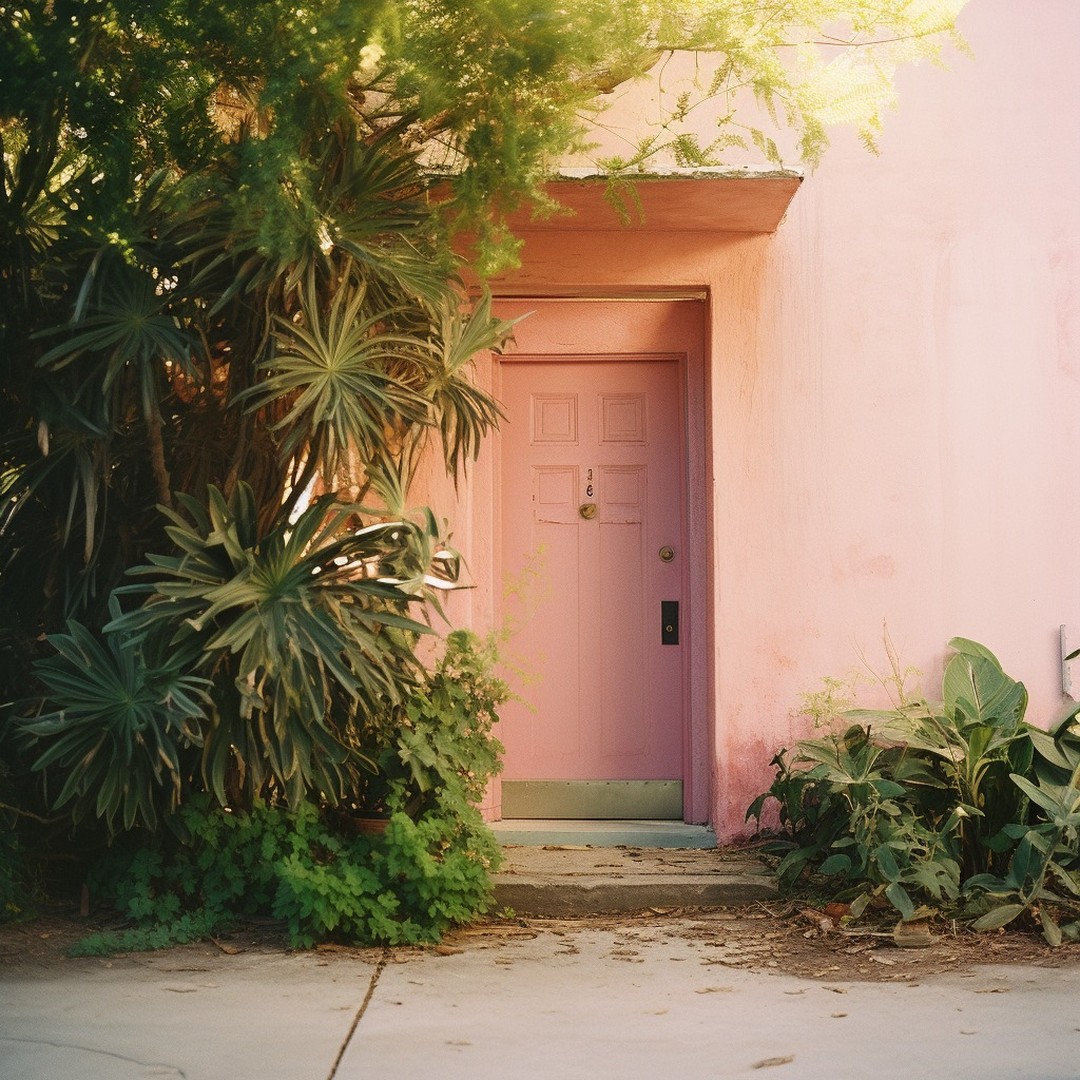
How do you see the relationship between the creative individual and the AI in the process of generating images?
It varies from person to person, but for me, creativity is an immersive experience. I can easily lose track of time, delving into endless creation and exploring my own thoughts and processes.
I thrive on challenging myself, constantly seeking new styles, people, locations, and even universes to expand my artistic horizons.
Do you see the AI as a co-creator or just a tool?
Hmm, that's a tough question. I suppose it's more like a co-creator for me. It assists in bringing my visions to life. However, I also believe that, at least for now, AI can't exist without us, whereas we can exist without it.
At least for now, AI can't exist without us, whereas we can exist without it.
Are you interested in experimenting with AI in other styles of images or creative areas?
I enjoy experimenting with new things, but my favorite area is analog photography.
There's something about the clean aesthetic it brings to advertising that I really appreciate. However, I'm also fascinated by exploring other realms—crazy worlds, dark universes, you name it.
Currently, I'm diving into illustrations, which is both fun and challenging. It's a whole different ball game, and finding that perfect illustration can be quite tricky.
How do you think AI can positively impact designers and visual creatives in the future?
One major aspect I've noticed is the flexibility, along with the ability to retry until achieving the optimal result.
Can you share some concepts for prompts that can help achieve great images?
Imagine it as you would when taking a photograph or conducting a photoshoot. What matters? Consider the angle, lighting, mood, and even the type of camera.
When it comes to creating characters, delve into the details. Don't just say "girl with blonde hair." Specify the shade of blonde, the color of her eyes, whether her skin is pale or not, and if she has freckles.
For me, the key is to be as detailed as possible in the concept.
The Top 3
Top 3 words to describe your AI-generated work
- Emotional
- Vibrant
- Cinematic
Top 3 Al creatives whose work stands out to you
Top 3 improvements you wish to see in current Al tools
- Better quality in video options – that’s all I can really think of.
Top 3 advice for creatives considering starting to experiment with Al
- Find your own style
- Keep trying new things, get inspired by others
- Don’t gate keep – it’s a community not a competition
A huge thank you to Ronda for diving deep with us into the exciting intersection of advertising and AI and blowing us away with her photorealistic AI creations.
We hope you enjoyed this interview as much as we did!
 ☰
☰


